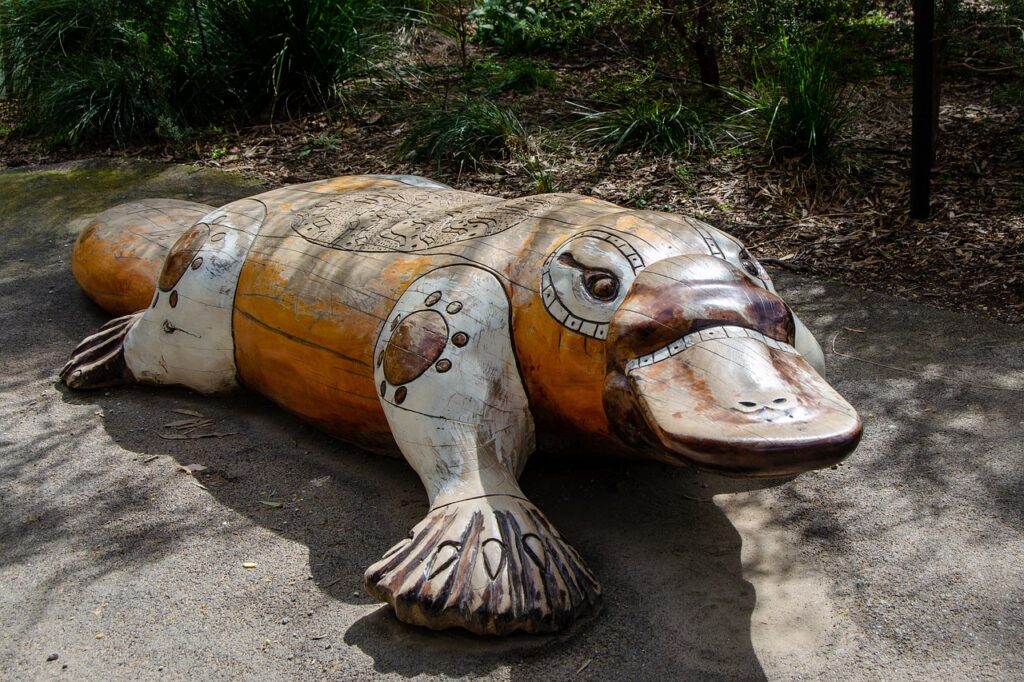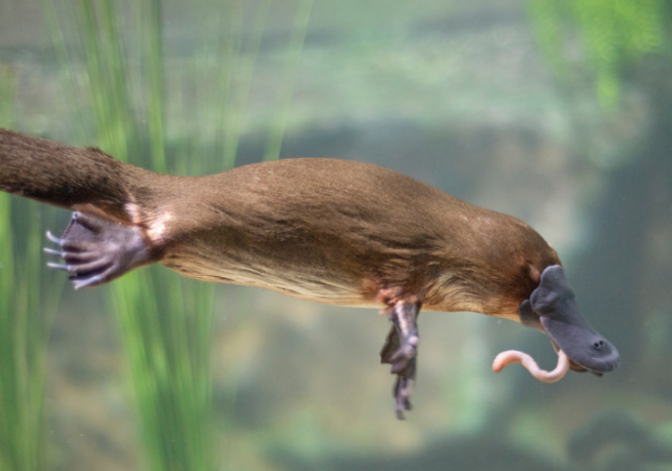If you think nature can’t surprise you anymore, let me introduce you to the platypus. These fascinating creatures have baffled scientists, charmed wildlife enthusiasts, and puzzled anyone encountering them for the first time. A mix of mammal, bird, and reptile, the platypus is a true oddball of the animal kingdom – and that’s just scratching the surface. In this article, we’ll explore everything you need to know about platypuses: where they live, how they behave, and what makes them so incredibly unique.
What Is a Platypus?
The platypus (scientific name: Ornithorhynchus anatinus) is a semiaquatic mammal native to eastern Australia, including Tasmania. It belongs to a group of egg-laying mammals called monotremes. Yes, you read that right: platypuses lay eggs, despite being mammals. This alone makes them an anomaly in the natural world.
To paint a mental picture, imagine a beaver’s body fused with a duck’s bill and webbed feet. Strange? Absolutely. But in the world of evolution, strange often equals survival genius.
Habitat: Where Do Platypuses Live?
Platypuses are homebodies of freshwater ecosystems. You’ll find them in rivers, lakes, and streams across eastern Australia and Tasmania. They prefer slow-moving waters with plenty of vegetation, which provide both food and shelter. Here’s what makes their habitat unique:
- Burrows: Platypuses dig burrows along riverbanks to rest and raise their young. These burrows are strategically located above water level to stay dry.
- Adaptation to Water: Their webbed feet and streamlined bodies make them expert swimmers, perfectly adapted to aquatic life.
If you’re hoping to spot one, early morning and evening are your best bets. Platypuses are crepuscular, meaning they’re most active during dawn and dusk.

Anatomy and Appearance: A Closer Look
Platypuses look like a mash-up of different animals, but each feature serves a purpose:
1. The Duck-Like Bill
The bill is not just for show. Packed with electroreceptors, it helps platypuses detect the faint electric fields emitted by their prey. Think of it as a biological metal detector.
2. The Webbed Feet
Their feet are webbed for efficient swimming. What’s cool is that they can retract the webbing when walking on land, exposing sharp claws for digging.
3. Fur Coat
Platypuses are covered in dense, waterproof fur that keeps them warm in cold waters. Their fur is so effective that scientists have studied it for inspiration in creating advanced water-resistant materials.
4. Venomous Spurs
Yes, platypuses are venomous! Males have spurs on their hind legs that deliver venom capable of causing excruciating pain. While not lethal to humans, it’s definitely a defense mechanism you don’t want to test.
Behaviour and Lifestyle
Platypuses are solitary creatures, spending most of their time hunting underwater. Here’s a breakdown of their typical day-to-day:
- Foraging: Platypuses dive underwater for food, feeding mainly on aquatic insects, worms, and small crustaceans. They can stay submerged for about 30 seconds before surfacing for air.
- Resting: When not foraging, they retreat to their burrows for rest. Fun fact: They can sleep up to 14 hours a day!
- Breeding: Platypuses breed during the Australian late winter and spring. Females lay 1-3 eggs and incubate them by curling around them in their burrows. The babies, called puggles, hatch after about 10 days.
Why Are Platypuses So Unique?
When the first platypus specimen was sent to European scientists in 1799, many thought it was a hoax. How could such a bizarre creature exist? But platypuses aren’t just quirky; they’re evolutionary trailblazers. Here’s why:
1. Egg-Laying Mammals
Monotremes like the platypus blur the line between reptiles and mammals. They lay eggs but also nurse their young with milk. The twist? Platypuses don’t have nipples. Instead, milk oozes through patches of skin for the puggles to lap up.
2. Electroreception
Platypuses are one of the few mammals capable of electroreception. This ability helps them locate prey in murky waters where visibility is low. Think of it as a sixth sense.
3. Venom Production
The venomous spurs on male platypuses are a trait more commonly associated with reptiles. It’s a fascinating example of convergent evolution.

Conservation Status: Are Platypuses Endangered?
The platypus is currently classified as Near Threatened by the International Union for Conservation of Nature (IUCN). Their population is declining due to threats like habitat destruction, water pollution, and climate change. Here’s what’s impacting them:
- Urbanization: Expansion of cities has led to the destruction of riverbanks and waterways.
- Droughts and Climate Change: Reduced water levels and changing temperatures affect their habitat and food sources.
- Pollution: Chemicals and waste in rivers harm both platypuses and their prey.
How You Can Help
- Support conservation efforts aimed at preserving freshwater ecosystems.
- Reduce water usage to help maintain river levels.
- Avoid using harmful chemicals that can end up in waterways.
Fun Facts About Platypuses
Let’s wrap things up with some quirky facts that highlight just how amazing these animals are:
- Platypuses Glow in the Dark! Under UV light, their fur glows a bluish-green hue. Scientists are still unsure why this happens, but it’s another entry on their long list of peculiar traits.
- They Don’t Have Stomachs Instead of a separate stomach, their esophagus connects directly to their intestines.
- They Were Once Hunted for Fur Thankfully, platypuses are now protected, but their thick, luxurious fur made them a target in the past.
- Ancient Relatives Were Giants Fossil evidence suggests that prehistoric relatives of the platypus were much larger, some growing up to a metre long!
Final Thoughts
The platypus is a living reminder of nature’s boundless creativity. From its duck-billed face to its venomous spurs, it defies all conventional animal categories. But beyond its quirks, the platypus plays a vital role in its ecosystem and serves as a symbol of why we must protect the natural world.
So, the next time someone asks you about the strangest animal on Earth, you know who to nominate. And if you ever find yourself near a quiet Australian river at dusk, keep an eye out – you might just spot one of these extraordinary creatures in action.
